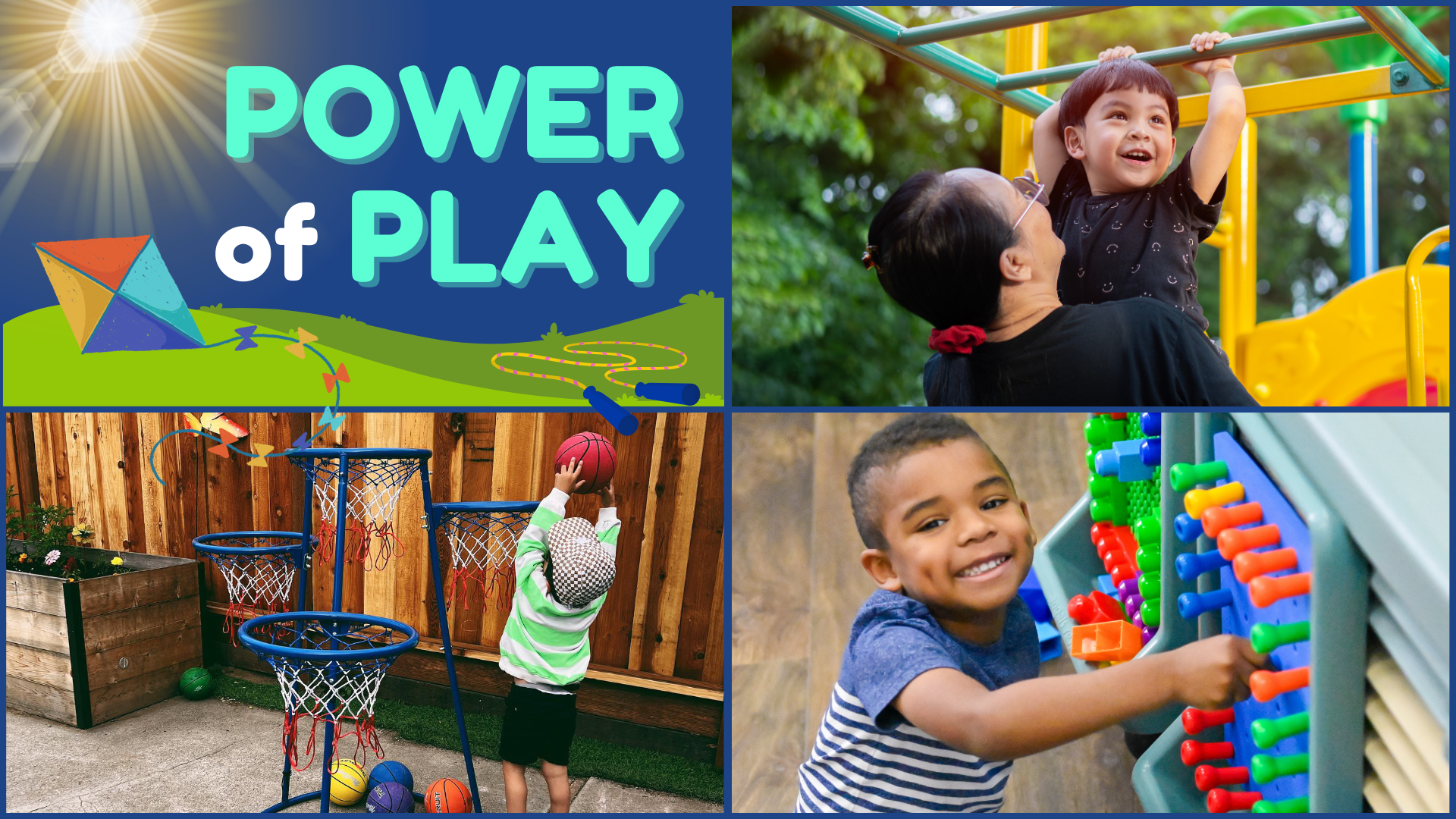
Unleashing the Power of Play: Transforming Early Education
In the vibrant world of early childhood education, there’s a secret that has been captivating young minds and shaping futures for generations: play. Yes, you read that right—PLAY. It’s not just a frivolous pastime; it’s a powerhouse of learning waiting to be unleashed.
Playful Learning: Where Fun Meets Development
Let’s debunk a myth right off the bat: the notion that play and learning are like oil and water—separate entities that don’t mix. In reality, they’re more like peanut butter and jelly—a dynamic duo that’s even better together. Enter the concept of playful learning, a paradigm that bridges the gap between structured curriculum and uninhibited play. Picture this: children engrossed in activities that not only teach them valuable skills but also ignite their imagination and curiosity. That’s the magic of playful learning in action.
A Journey Through History: From Criticism to Confirmation
In the not-so-distant past, the pendulum swung away from play in early education, with rigid curricula dominating the scene. But as we ventured deeper into the realm of research, a revelation occurred: play isn’t just beneficial; it’s downright essential. Studies have shown that when children are given the freedom to explore and create, their brains light up like fireworks, forging new connections and laying the groundwork for future learning.
Harmony in Action: The Symbiotic Relationship of Play and Learning
Imagine a world where play and learning hold hands, skipping through the fields of imagination together. That’s the reality we’re striving for. Through play, children don’t just learn their ABCs and 123s; they also navigate the complex landscape of emotions, empathy, and social interactions. It’s where negotiation skills are honed, conflicts are resolved, and friendships blossom—all while building strong bodies and resilient minds.
Celebrating Diversity: Play Knows No Boundaries
As we journey across the globe, we discover that play wears many hats, each tailored to fit the unique cultural tapestry it inhabits. From the bustling streets of New York to the sandy shores of California, play is a universal language that transcends borders, nurturing not only cognitive development but also the rich tapestry of human connection.
Incorporating products into the power of play can infuse learning experiences with excitement and engagement, turning ordinary classroom activities into extraordinary adventures. Here’s how educators can seamlessly integrate products into their teaching to amplify the magic of play:
- Educational Toys and Manipulatives: Choose toys and manipulatives that not only entertain but also educate. From building blocks that teach spatial awareness to math manipulatives that make numbers come alive, these products transform playtime into valuable learning opportunities. Encourage open-ended exploration and experimentation to unlock children’s innate curiosity and creativity.
- Interactive Technology: Embrace the digital age by incorporating interactive technology into play-based learning. From educational apps to whiteboards, technology can enhance hands-on experiences and provide instant feedback, making learning more dynamic and engaging. Whether it’s coding robots or exploring virtual worlds, technology opens new doors for exploration and discovery.
- Storytelling Props and Costumes: Fuel imaginations with storytelling props and costumes that transport children to far-off lands and fantastical realms. Whether it’s dressing up as pirates on a treasure hunt or reenacting historical events, props and costumes add depth and authenticity to imaginative play. Encourage children to become storytellers themselves, weaving narratives that ignite their passion for learning.
- Art Supplies and Craft Materials: Unleash creativity with a treasure trove of art supplies and craft materials. From paints and markers to clay and collage materials, art activities foster self-expression and fine motor skills while encouraging experimentation and problem-solving. Provide a variety of materials and let children explore their artistic instincts, creating masterpieces that reflect their unique perspectives.
- Nature and Outdoor Equipment: Take learning beyond the classroom walls with nature and outdoor equipment that encourages exploration and discovery. From magnifying glasses for close-up observation to gardening tools for hands-on exploration, outdoor play promotes physical activity, sensory exploration, and appreciation for the natural world. Create outdoor learning environments that inspire wonder and curiosity, fostering a lifelong love of nature.
- Literacy and Language Resources: Foster literacy and language development with a rich array of books, puzzles, and word games. Create cozy reading nooks where children can immerse themselves in stories and embark on literary adventures. Encourage collaborative storytelling and dramatic play, using props and puppets to bring characters to life. By integrating literacy and language resources into play, educators can nurture a love of reading and communication from an early age.
Play On, Play Strong
In the grand symphony of early education, play is the conductor, guiding young minds on a journey of discovery and wonder. It’s not just play—it’s the cornerstone of a brighter, more vibrant future for us all.